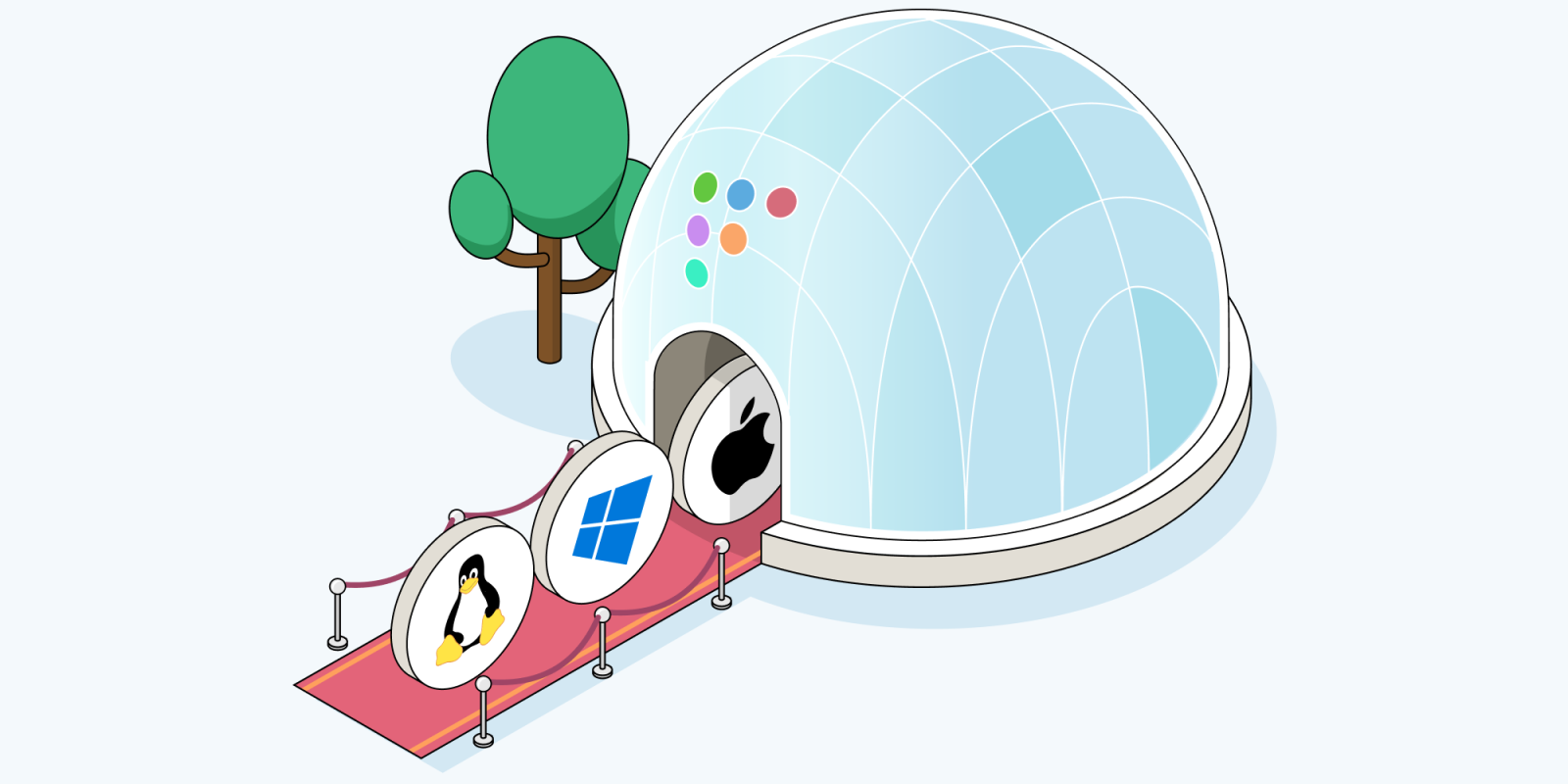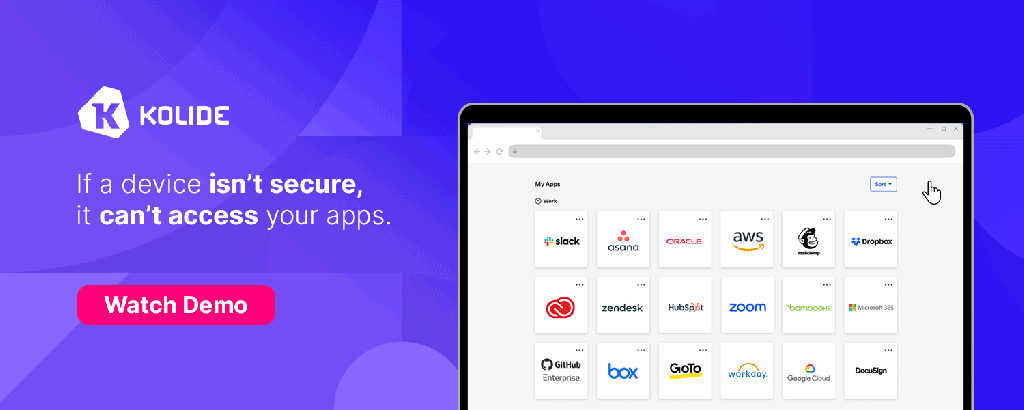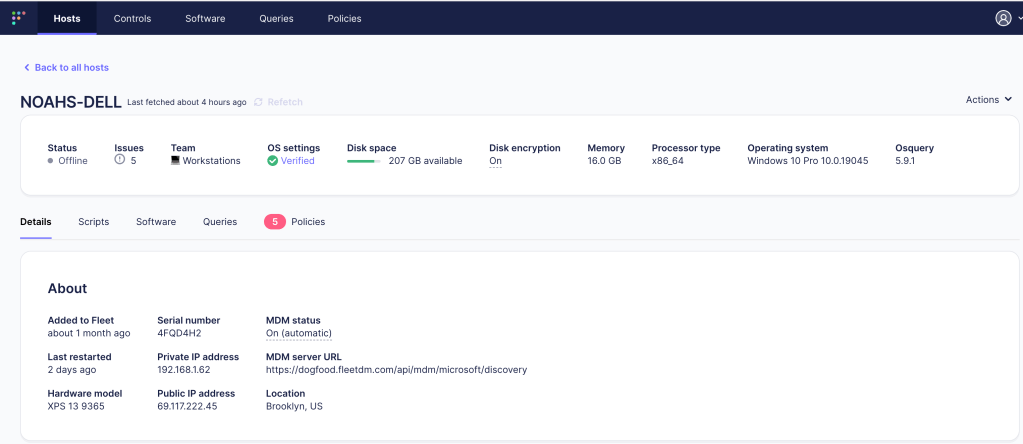
Apple @ Work is brought to you by Kolide, the device trust solution that ensures that if a device isn’t secure, it can’t access your cloud apps. If you have Okta, Kolide can help you get your fleet to 100% compliance. They’re Zero Trust for Okta. Learn more or request a demo today.
I believe 2024 will be a year in which we see a lot of mergers and acquisitions in the enterprise IT and software industries. ZIRP (Zero Interest Rate Policy) is over, and as debt becomes much more expensive, many companies find themselves in a situation where their business model doesn’t make sense anymore. These mergers and acquisitions often lead to companies feeling nervous about the future. If you have a software license with a company and they get bought, your result is usually worse service, increased fees, or both. One such situation that companies are dealing with today is Broadcom’s acquisition of VMware. Today, Fleet is announcing support for Linux and Windows to help ease the transition from Workspace ONE.
About Apple @ Work: Bradley Chambers managed an enterprise IT network from 2009 to 2021. Through his experience deploying and managing firewalls, switches, a mobile device management system, enterprise grade Wi-Fi, 1000s of Macs, and 1000s of iPads, Bradley will highlight ways in which Apple IT managers deploy Apple devices, build networks to support them, train users, stories from the trenches of IT management, and ways Apple could improve its products for IT departments.

With Fleet, corporate IT teams can streamline operations, eliminating reliance on specialized management like Microsoft Intune, Ivanti MobileIron, and Broadcom’s newly acquired Workspace ONE (formerly Airwatch). Fleet aims to ease the burden of dealing with acquisitions by adding Linux and Windows support to open-source and Git-powered device management systems.
“We wanted this to be our last MDM migration,” said IT manager at a large gaming company. “Rather than letting a bunch of tools dictate how we staff and run things, Fleet is like a lower level of abstraction. It gives admins a more open, consistent approach to device management. We can define how we manage devices all in one place, whether we’re talking about declarative device management (DDM) and FileVault on macOS, Autopilot and configuration service providers (CSPs) on Windows, or remote lock/wipe for Linux.”
“Many organizations today are using 2, 3, or even 4 MDM platforms in addition to their own internally-developed integrations, based on their mix of Apple, Linux, and Windows devices, or a variety of other factors,” said Ken Buckler, Research Director at Enterprise Management Associates. “The resulting complexity and the need for platform-specific training and staffing can make certain workflows harder and hinder productivity, while also significantly increasing costs. Platforms like Fleet with unified support for all major operating systems address these issues and provide strong value in the market today.”
Some key features of Fleet:

- Control all types of devices using one open-source platform.
- Complete audits and offboard staff without requiring engineers to relinquish their Linux computers.
- Accelerate the adoption of “zero trust” through handy, built-in features in the MDM.
- Opt for an easy-to-use GUI or manage devices through a DevOps/GitOps/configuration-as-code approach.
- Automatically gather system information, avoiding the need to maintain unique vendor abstractions like Jamf extension attributes (EAs) and custom fields.
- Minimize risks associated with MDM configuration adjustments and save on engineering efforts with integrated approval processes and version control.
9to5Mac’s take

As I said at the beginning, vendor acquisitions can be very concerning for customers. My advice for anyone in enterprise IT is to continually look at how you’ll fire every one of your vendors. You don’t want to be locked into a single vendor that has control over your infrastructure.
FTC: We use income earning auto affiliate links. More.







Comments